In gardening, timing is everything. Whether getting your vegetable seeds or starts in the ground at the proper time, feeding your lawn and garden when needed, and spraying or treating for insects before an infestation ruins your fruit or flowers—the success of your endeavors hinges largely on doing things at the right time. As you wrap up planting your vegetable garden for summer and begin to focus on maintaining your yard and garden in a new season, here are some time-sensitive tasks to focus on this month.
First, now is the best time to prune your spring-blooming shrubs. Rhododendrons, azaleas, lilacs, and other spring bloomers have just wrapped up their show of color, so to ensure they bloom next year, now is the time to prune. Because these types of shrubs bloom on the previous year’s growth, if you wait until fall or winter to prune, you’ll end up pruning off next year’s flower buds. Prune now and your plants will have time to put out new growth and set next year’s flower buds yet this summer.
In conjunction with pruning spring bloomers, your second can’t-miss task for early summer is feeding rhododendrons and azaleas. As they enter their growing season, late spring and early summer is a great time to feed with an acid-based fertilizer like Espoma Azalea-Tone for lush growth and plentiful blooms next year.
Now is also a good time to feed roses, and to treat them with a systemic insect and disease control to battle aphids, black spot, and powdery mildew. Use a systemic like Bonide Rose Shield Drench every six weeks to keep your roses healthy through whatever summer brings.
Third, planting. Chances are, if you’re new to gardening in the last year, you’ve tried growing some vegetables, and you’ve likely had both some great successes and utter failures. Don’t kick yourself for those failures, though—remember, timing is everything, and if you planted at the wrong time your plants may have been doomed from the start. Planting tomatoes or squash unprotected outside in early April just doesn’t work well in our climate, no matter how nice those two days of warm weather might have felt! While I start planting my garden each year in early April, I’ve learned to do it in stages, starting with cold weather tolerant plants first and adding warm-season crops later in May.
Although the window for planting summer crops may be closing, you’re not too late to plant some things yet, including herbs, many of which grow prolifically all summer. One of the last herbs I put out in spring is basil; like tomatoes and squash, it doesn’t like cool weather. For a hardier basil than traditional varieties, I love Amazel basil, a newer variety with excellent hardiness, disease resistance, and incredible yields. Unlike traditional basil that typically succumbs to downy mildew in late summer (typical symptoms include wilting leaves, even when properly watered), Amazel is nearly immune to downy mildew, continuing to produce huge harvests into October. Plant Amazel in a pot this time of year and you’ll have a harvest all summer and well into autumn.
Fourth, lawn care. After winter and before the weather warms enough to plant much in the way of flowers and vegetables, we all get into rehabilitating our lawns, from moss killing to thatching to reseeding bare spots. Then summer rolls around and aside from watering and mowing, we might not give much thought to lawn care. If it’s been at least six to eight weeks since you last fertilized your lawn, though, it’s time to feed again. Fertilize your lawn with a good slow-release fertilizer like Scotts Turf Builder to feed over the next couple of months and enjoy a healthy, lush lawn all summer.
As we prepare for a new season, enjoy the long days and watching your garden grow!


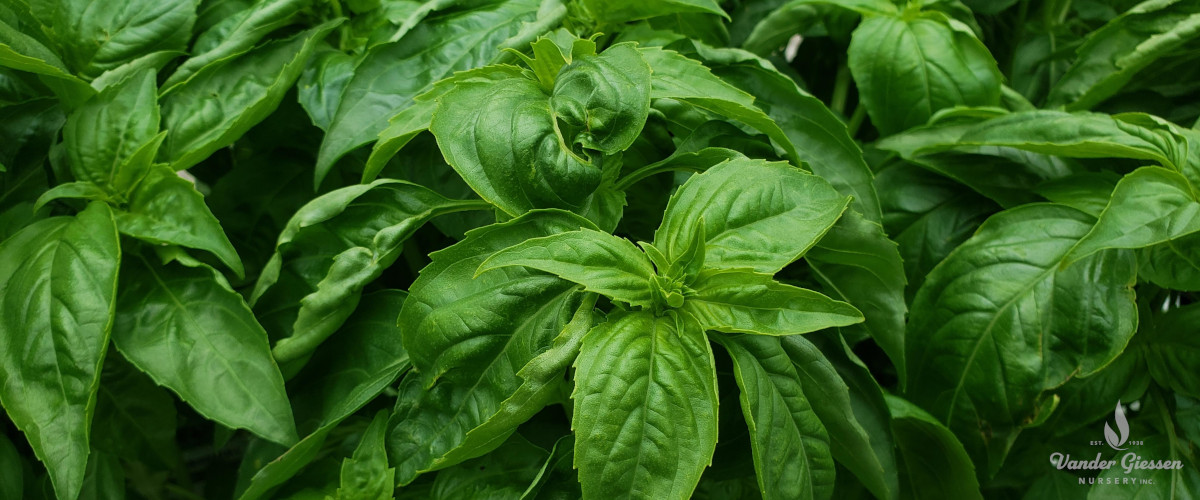
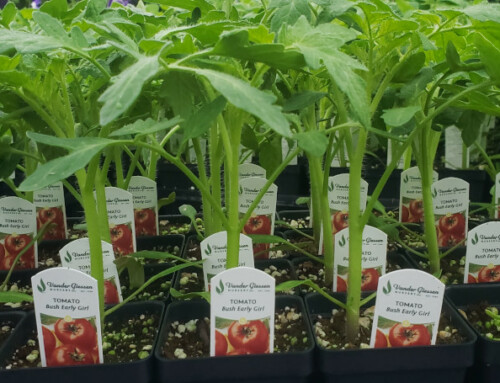
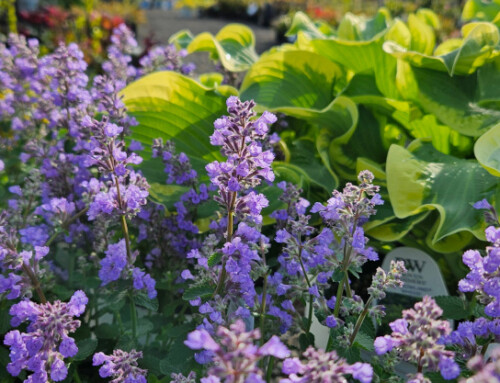
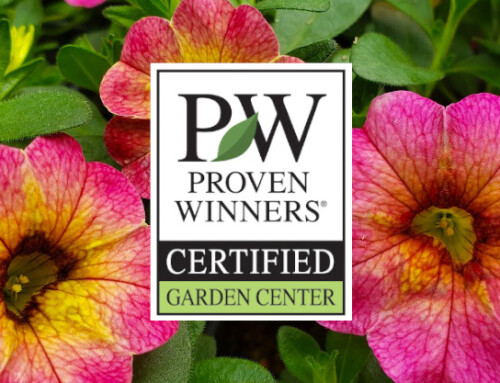

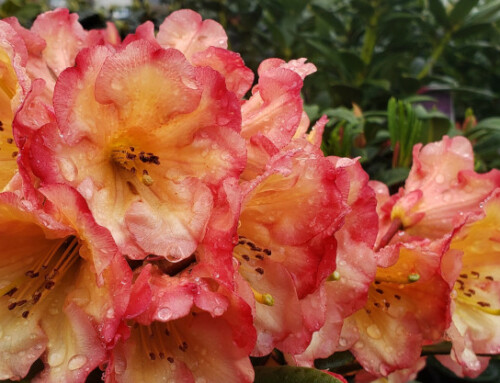
Leave A Comment